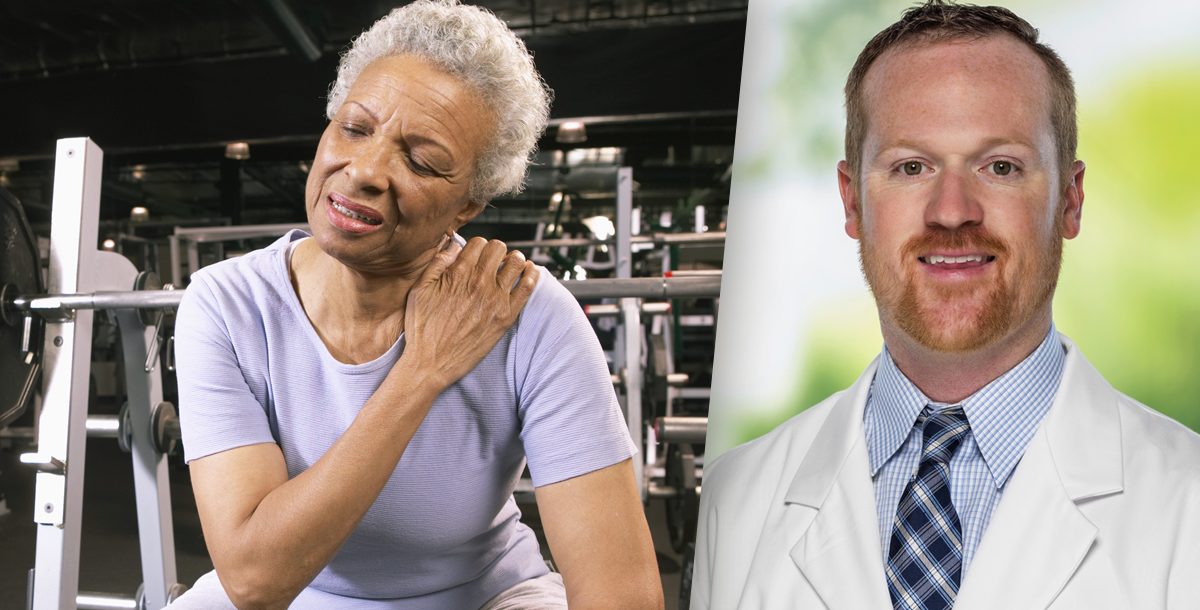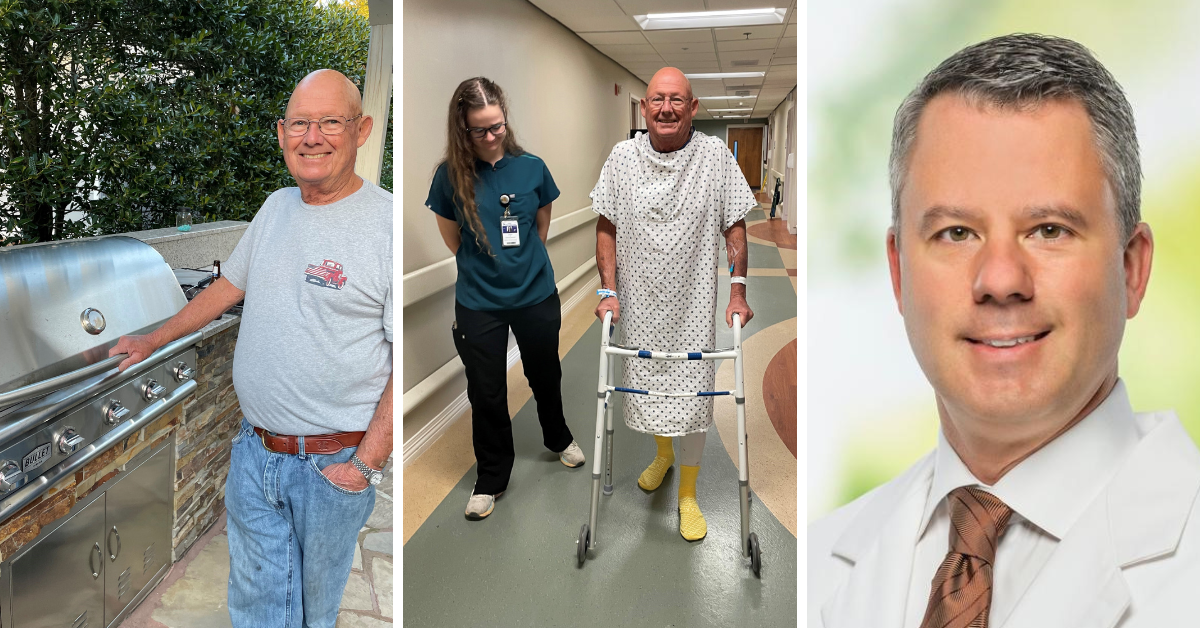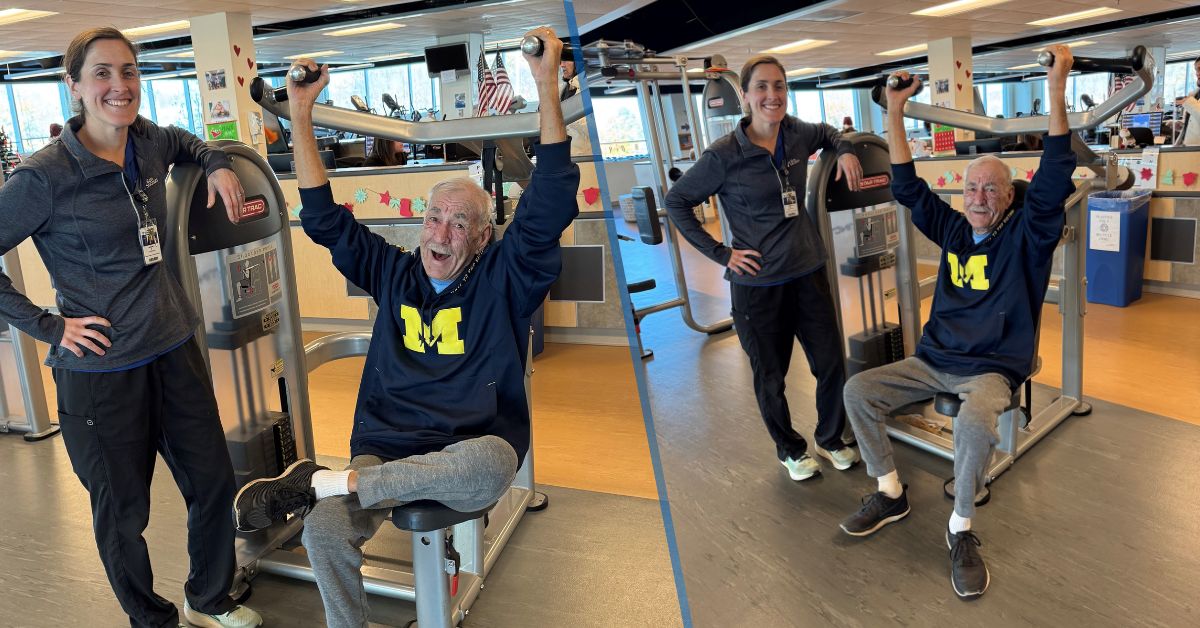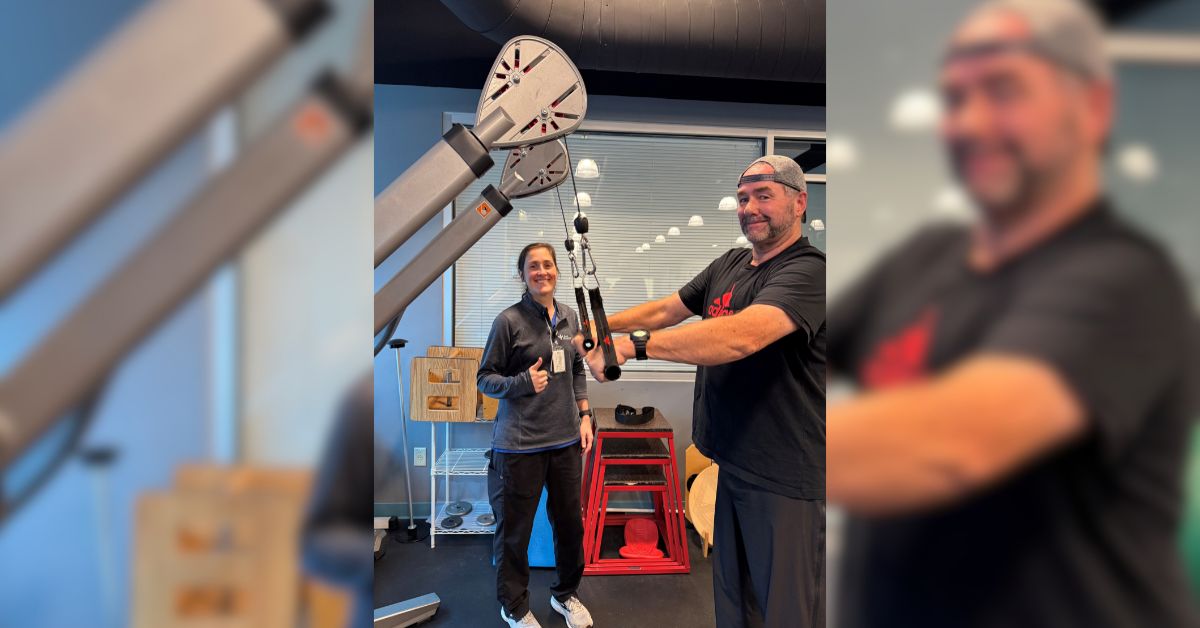Using any given part of your body every day can cause pain from usage overtime. This is why joint pain is an extremely common complaint, especially as people age.
It’s a broad subject encompassing everything from acute issues, such as injuring an ankle during exercise, to degenerative joint pain like arthritis. In fact, the Centers for Disease Control (CDC) estimates one in four adults suffer from arthritis.
Osteoarthritis is the most common form of arthritis, caused by the wearing down of cartilage between bones. It occurs most frequently in knees, ankles, hips and hands. This is often just the result of a person aging. However, injuries in younger people can also result in the development of early arthritis.
Are you currently experiencing joint pain? Your health care provider may recommend getting an X-ray, which helps show any structural changes to bones and may point to underlying problems. MRIs may also be utilized to help visualize soft tissues and other factors of pain that an X-ray is unable to see.
While there’s no cure for osteoarthritis, the symptoms can be treated with the use of anti-inflammatory drugs such as Advil, Motrin or Aleve. Braces can also be useful in some cases.
“Braces can help share the weight of a joint to alleviate joint pain,” Michael Sims, MD, an orthopedic surgeon at Bon Secours Piedmont Orthopedics, explains. “However, before you start treating yourself with a brace, it’s worth getting evaluated to see if it’s even worth your money to buy a brace in the first place.”
Physical therapy and home stretches are often prescribed and used to keep upper extremity joints mobile and functioning properly. Although stretches can be practiced at home, physical therapy offers guidance and helpful instructions to get the most out of each exercise.
“Anybody can do the exercises, but knowing which ones you need to help address your problem and how much, how often – those are things therapists can do,” Dr. Sims shares.
Other possible treatments include low-risk supplements, such as glucosamine, or injection-based solutions, like steroids or cortisone, which can relieve inflammation in the body. If those treatment options prove unsuccessful, surgery can sometimes be an option as well.
While some of the causes of joint pain are out of your control, there are plenty of ways you can reduce your risk of arthritis or at least delay the onset. The easiest way to prevent joint pain is by moving more – exercising regularly, staying active and continuing to go on daily walks. People who have joint pain often avoid activities that will add to their pain, but Dr. Sims says that sitting still actually makes things worse.
“You end up developing a worse problem, because your body stops helping and trying to heal your knee because you’re not using it,” Dr. Sims explains. “If running or walking hurts, trying biking. Whatever you can do to stay active is the best thing to help your joints.”
Learn more about the orthopedics and sports medicine services we offer at Bon Secours.





